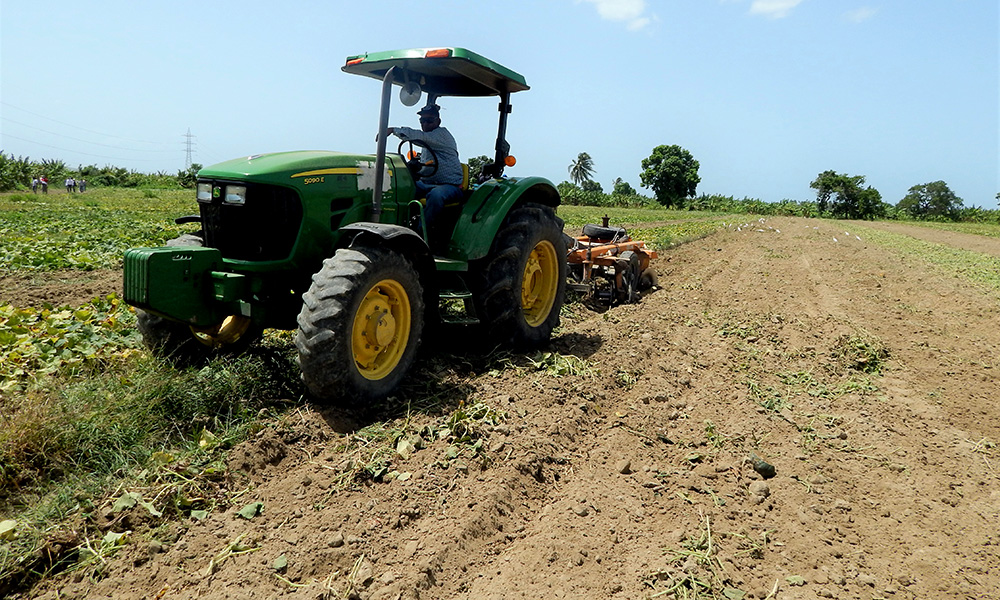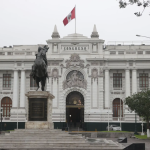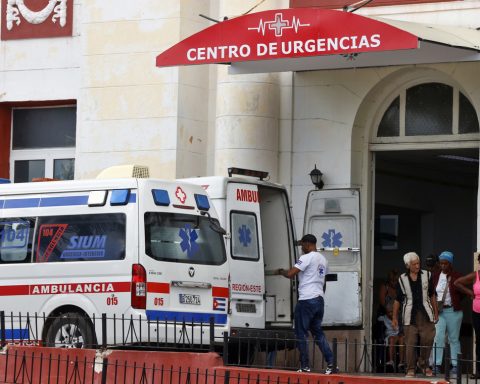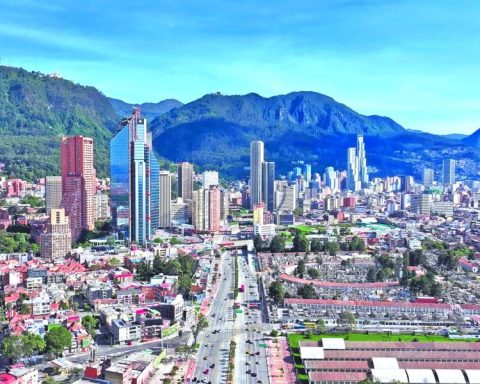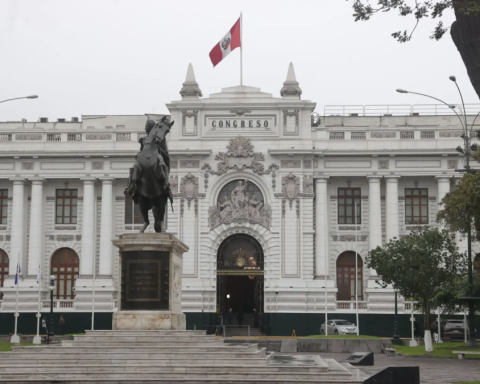The United Nations has warned that global crop yields could decline by 30%
The world is likely to experience one of the warmest years in 2022, according to published research on the subject, which insists on the need to load the planet less with polluting emissions.
How important is temperature for food production, for agricultural crops, especially in contexts of low productivity and scarcity?
The United Nations has said that “global crop yields could decline by nearly 30% due to climate change, while food demand is expected to increase by 50% in the coming decades.”
Global temperatures in 2020 were among the hottest on record and rivaled those of 2016, which has so far been the hottest year on record, according to international data compiled by the WMO (World Meteorological Organization), published by Reuters, on 14 January 2021.
Scientific studies, such as one carried out by the United Kingdom Meteorological Service, since the end of 2021 have anticipated that the average global temperature in 2022 would be about 1.09 ° C higher than pre-industrial levels.
And they have shown that “although temperatures are expected to be slightly lower than those that have been recorded in some years since 2015, it will be the eighth consecutive year with temperatures 1 ° C above the levels of the pre-industrial period”.
According to NASA data, the year 2020 tied with 2016 for the warmest year on record. And that heat came despite a global recession due to the covid-19 pandemic, which sharply reduced fossil fuel emissions, adding evidence that carbon dioxide concentrations already in the atmosphere have put the planet on a warming path, explains the publication.
Meanwhile, the WMO report included data from the US National Oceanic and Atmospheric Administration and the UK Meteorological Office, which ranked 2020 as the second-warmest year, after a cooling trend called La Niña did not succeeded in moderating global temperatures.
It has been warned that global temperatures will only rise if greenhouse gas emissions are not drastically reduced, causing weather events such as heat waves to become more frequent. This represents a threat to food production.
The differences in global average temperatures between the three warmest years (2016, 2019 and 2020), were indistinguishable, according to the WMO.
Five data sets studied by the institution showed that 2011-2020 was the warmest decade, while another entity, the National Office of Oceanic and Atmospheric Administration (NOAA) said that the seven warmest years, since the record began in 1880, have occurred since 2014.
NOAA is a scientific agency of the United States Department of Commerce whose activities are focused on monitoring the conditions of the oceans and the atmosphere.
In the case of the Dominican Republic, even within the country, there are conditions that vary from one region to another. It is very likely that in one geographical point of the national territory there is more humidity and heat than in another, as well as more or less winds and daylight hours and more or less precipitation. It is important that the producer or investor is clear about these data so that his decision is as accurate as possible, when he decides to place his capital in agricultural activity.
This is where meteorology plays an important role and becomes an ally of agriculture, because through its specialized areas and studies it can suggest whether instead of planting cassava the producer should grow rice, for example, or if instead of vegetables should lean toward milky, and possibly what time of year to do it.
Probably, the percentage of growers (especially small ones) that take into account all the elements required to make an agricultural project as safe as possible is not very high. However, there are others, such as large business groups in the agricultural sector that do. The National Meteorology Office (Onamet) has an Agrometeorology Division that serves as a reference source for planning agricultural activity.
In that dependency, specifically in the Department of Climatology, there is a data bank, frequently consulted by some producers.
Bulletins of interest are generated for organizations such as the Ministry of Agriculture, in its capacity as plant regulator, in addition to users, independent producers and companies that can benefit from this information.
The importance of keeping an eye on Onamet data
In the country there are a series of meteorological stations and each one has specific uses (not always inclined to the agricultural theme), although at certain times they have a general use in agriculture.
For example, the stations in airports are exclusively for air navigation (in terms of the service they provide and the data they emit). But these data are also used for issues related to climatology and agriculture.
There are synoptic stations, which are used exclusively for weather forecasts and generate information of public utility. And there are agrometeorological stations, which are exclusively for agriculture, because they measure evaporation and soil temperature that, independently of others, such as rainfall, ambient temperature and relative humidity, strengthen the agricultural use of meteorology.
The Onamet has automatic stations that make transfers via satellite. The meteorological instruments for the people who are “on duty” at the stations are supplied by Onamet. Several years ago those stations were between 70 and 80, scattered throughout the national geography. Depending on the use to be given to the data, they are classified into climatological, agrometeorological, synoptic, aeronautical or other denomination stations.
The early warning monitoring system is very important, as well as having data on the wind.
